How Nasa will attempt to ‘touch the Sun’
Parker Solar Probe, which launches this week, will fly closer to the Sun that any man-made object in history
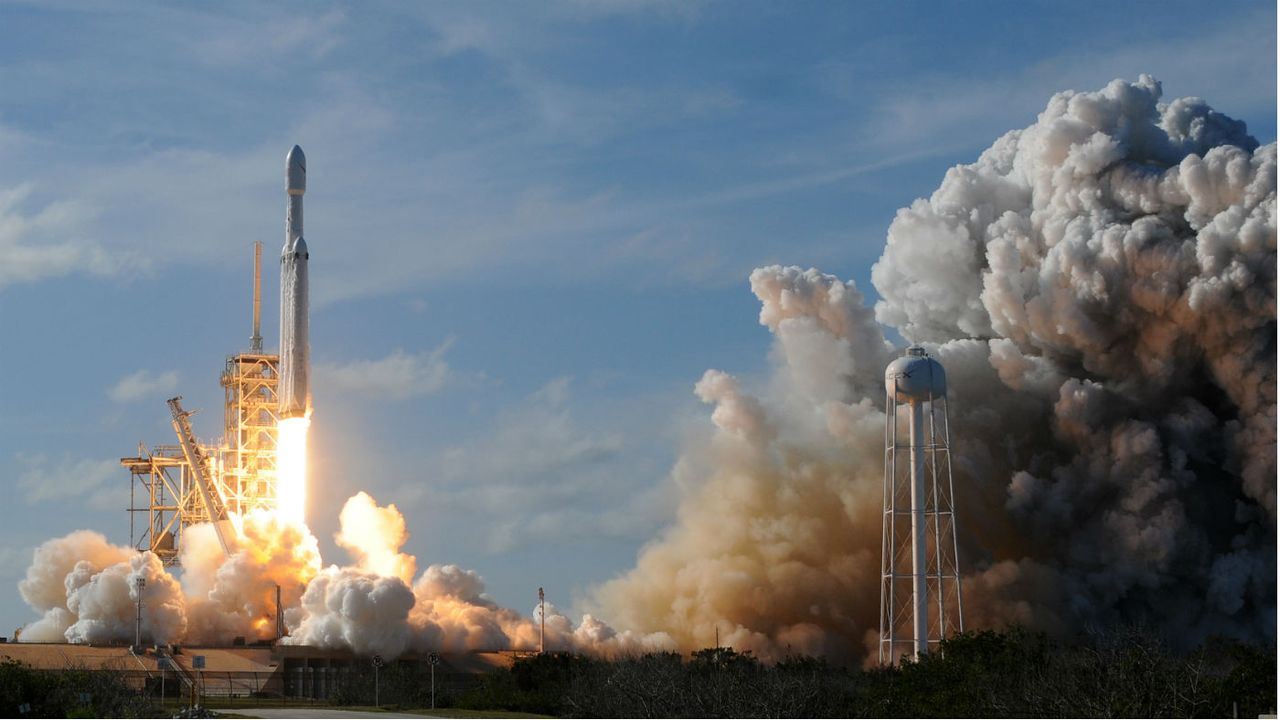
Nasa is set to launch a space exploration mission this week that will attempt to “touch the Sun” and could offer vital clues about how solar energy works.
The Parker Solar Probe, which is due to be launched from Cape Canaveral on Saturday, will fly closer to the Sun than any man-made object in history, beaming back invaluable new data on the star’s properties and atmospheric conditions over a seven-year period.
The project is named in honour of American physicist Eugene Parker who first speculated on the nature of solar winds in 1958, and the first time a Nasa mission has honoured a living person.
Subscribe to The Week
Escape your echo chamber. Get the facts behind the news, plus analysis from multiple perspectives.

Sign up for The Week's Free Newsletters
From our morning news briefing to a weekly Good News Newsletter, get the best of The Week delivered directly to your inbox.
From our morning news briefing to a weekly Good News Newsletter, get the best of The Week delivered directly to your inbox.
While Nasa scientists have intended to launch a solar mission for decades, cuts made to the space programme by successive presidents have hampered development, while “only recent technological advances in cooling systems and fault management have made it possible” says The Independent.
On its final close approach, in 2025, the Parker Solar Probe will get within 4 million miles of the Sun's surface — so close that it will actually fly through the star's incredibly hot atmosphere, called the corona, Nasa officials have said.
This will enable the probe to work on three main questions: why its atmosphere becomes hotter farther away from the surface of the Sun, how the solar wind of charged particles streaming out into space is born, and what causes the gigantic outbursts scientists call coronal mass ejections.
“The answers could be crucial to scientists' understanding of how stars beyond our solar system work” says Space.com, adding that “closer to home, the probe's work should also help scientists understand and predict the hazards of living near a star” including why solar activity can interfere with communications and navigation systems.
Sign up for Today's Best Articles in your inbox
A free daily email with the biggest news stories of the day – and the best features from TheWeek.com
-
 What is Jeff Bezos' net worth?
What is Jeff Bezos' net worth?In Depth The Amazon tycoon and the third richest person in the world made his fortune pioneering online retail
By David Faris Published
-
 Health care is full of cognitive biases. Some think AI can help.
Health care is full of cognitive biases. Some think AI can help.The Explainer Humans are fallible but technology can be, too
By Devika Rao, The Week US Published
-
 Financial steps to take if you are laid off
Financial steps to take if you are laid offThe explainer Four moves to minimize your losses
By Becca Stanek, The Week US Published
-
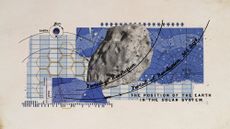 How worried should we be about asteroids?
How worried should we be about asteroids?Today's Big Question Odds of asteroid 2024 YR4 hitting Earth have fluctuated wildly this week
By Chas Newkey-Burden, The Week UK Published
-
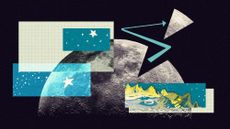 Earth's mini-moon was the moon all along
Earth's mini-moon was the moon all alongUnder the radar More lunar rocks are likely floating in space
By Devika Rao, The Week US Published
-
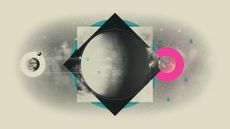 'Super Earth': the exoplanet in the 'habitable zone' for alien life
'Super Earth': the exoplanet in the 'habitable zone' for alien lifeThe Explainer HD 20794 D is located in the 'habitable zone' of a star similar to our Sun
By Elizabeth Carr-Ellis, The Week UK Published
-
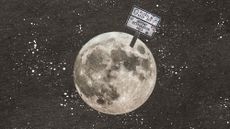 The moon has been listed as a threatened historic site
The moon has been listed as a threatened historic siteUnder the radar Human influence has extended to space
By Devika Rao, The Week US Published
-
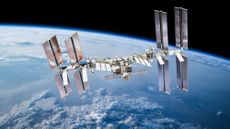 What is the future of the International Space Station?
What is the future of the International Space Station?In the Spotlight A fiery retirement, launching the era of private space stations
By Joel Mathis, The Week US Published
-
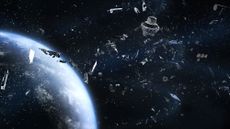 What is Kessler syndrome?
What is Kessler syndrome?The Explainer Scientists warn that space junk collisions could eventually trap us on Earth
By Chas Newkey-Burden, The Week UK Published
-
 Earth's magnetic North Pole is shifting toward Russia
Earth's magnetic North Pole is shifting toward RussiaUnder the radar The pole is on the move
By Devika Rao, The Week US Published
-
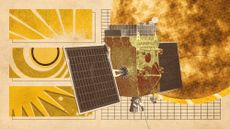 Indian space mission's moment in the Sun
Indian space mission's moment in the SunUnder the Radar Emerging space power's first solar mission could help keep Earth safe from Sun's 'fireballs'
By Harriet Marsden, The Week UK Published